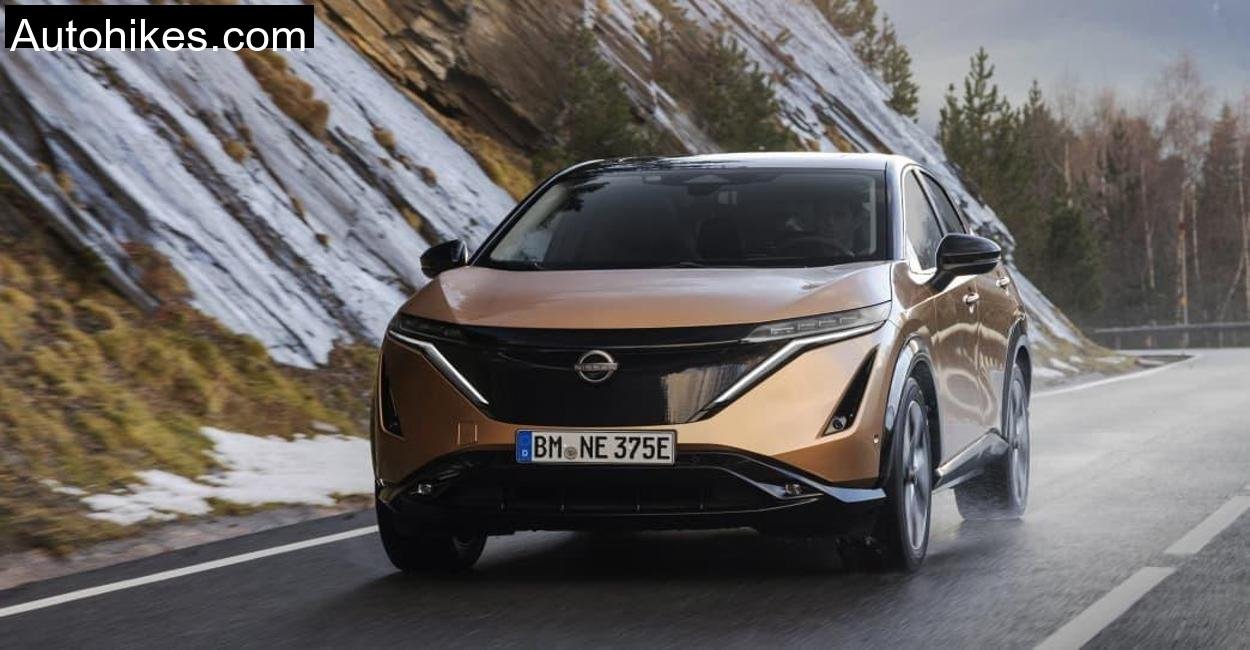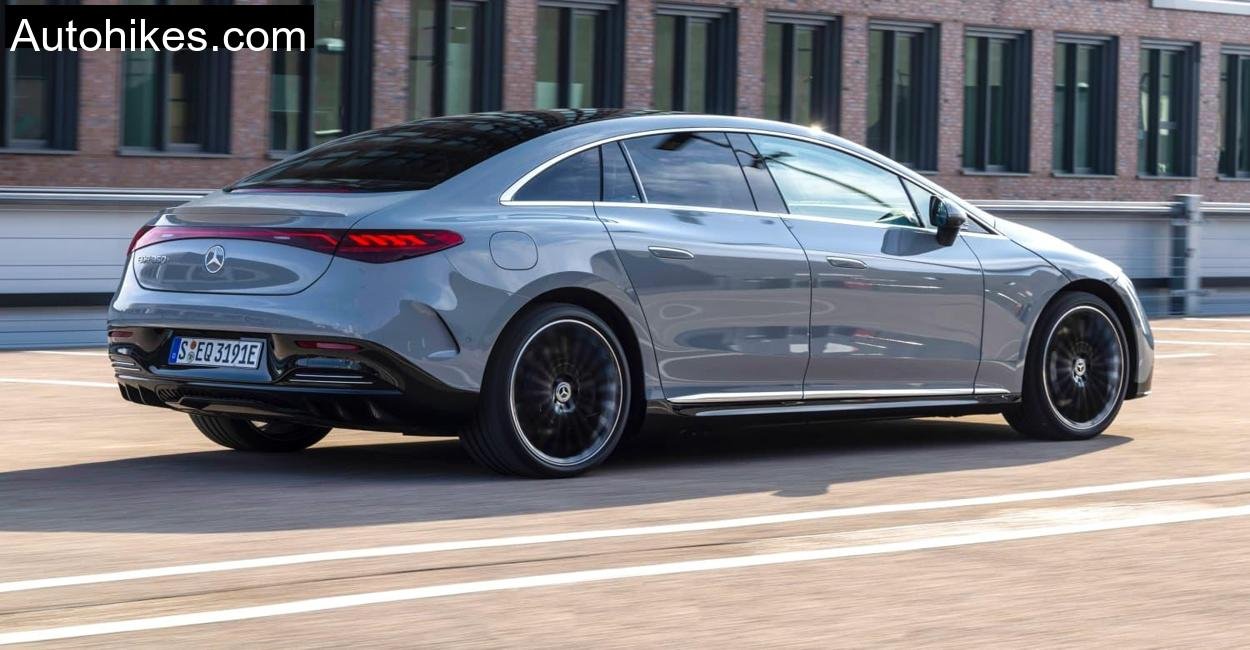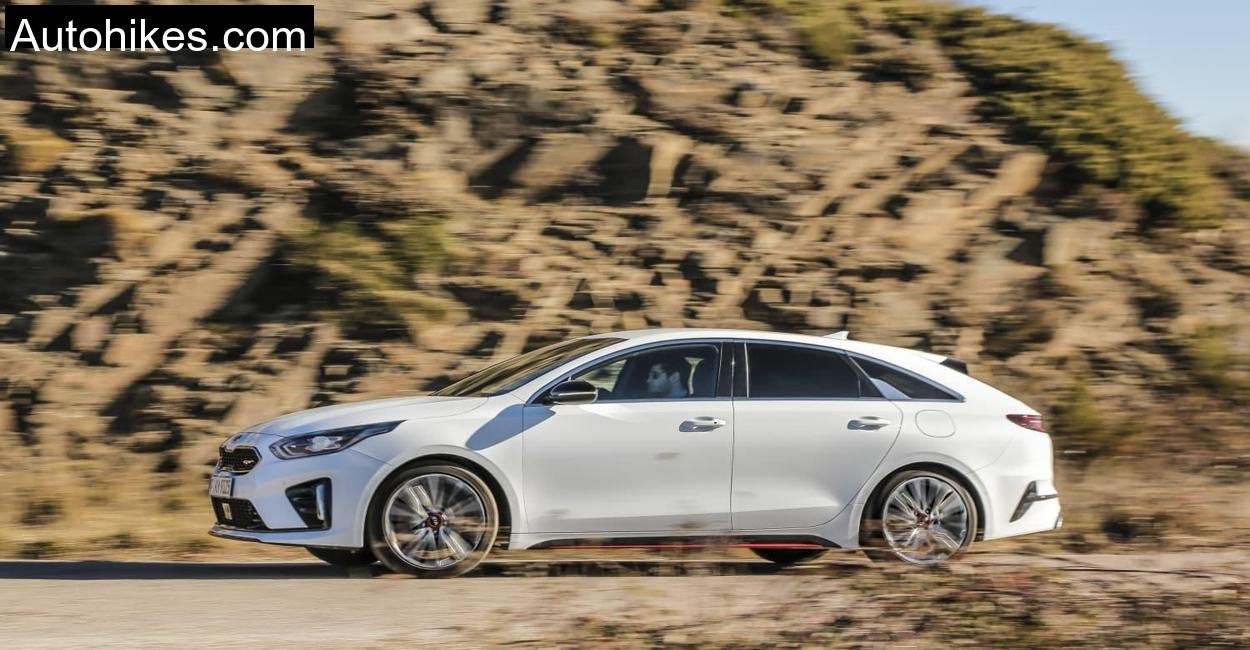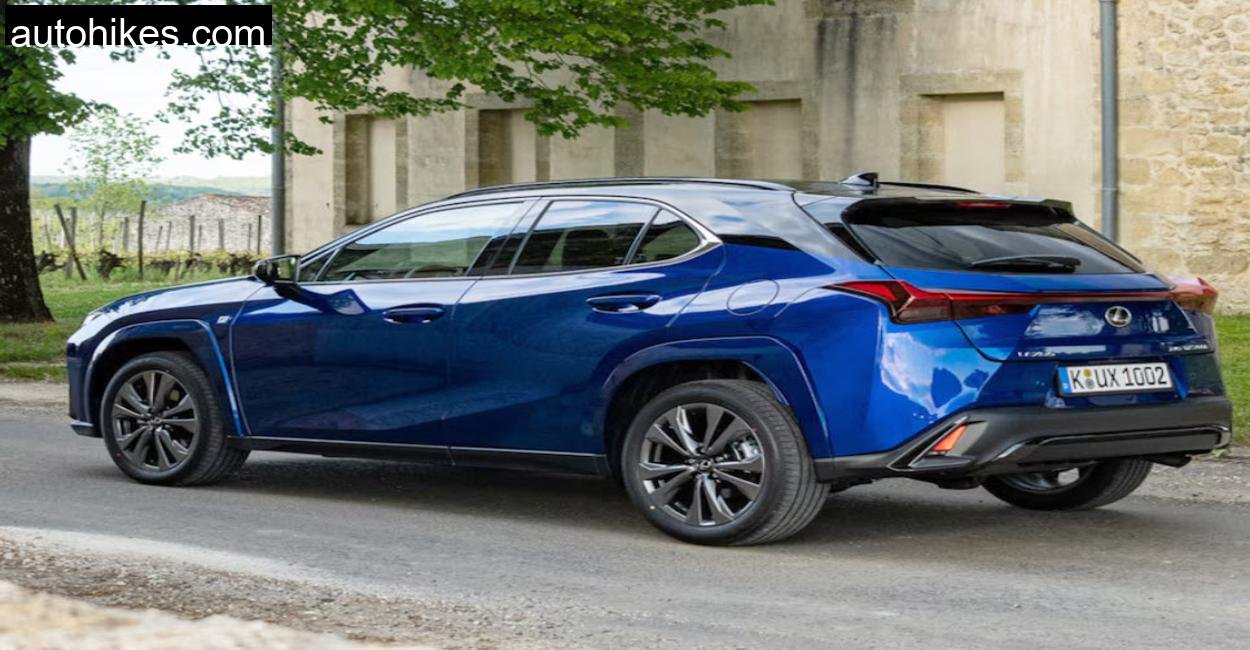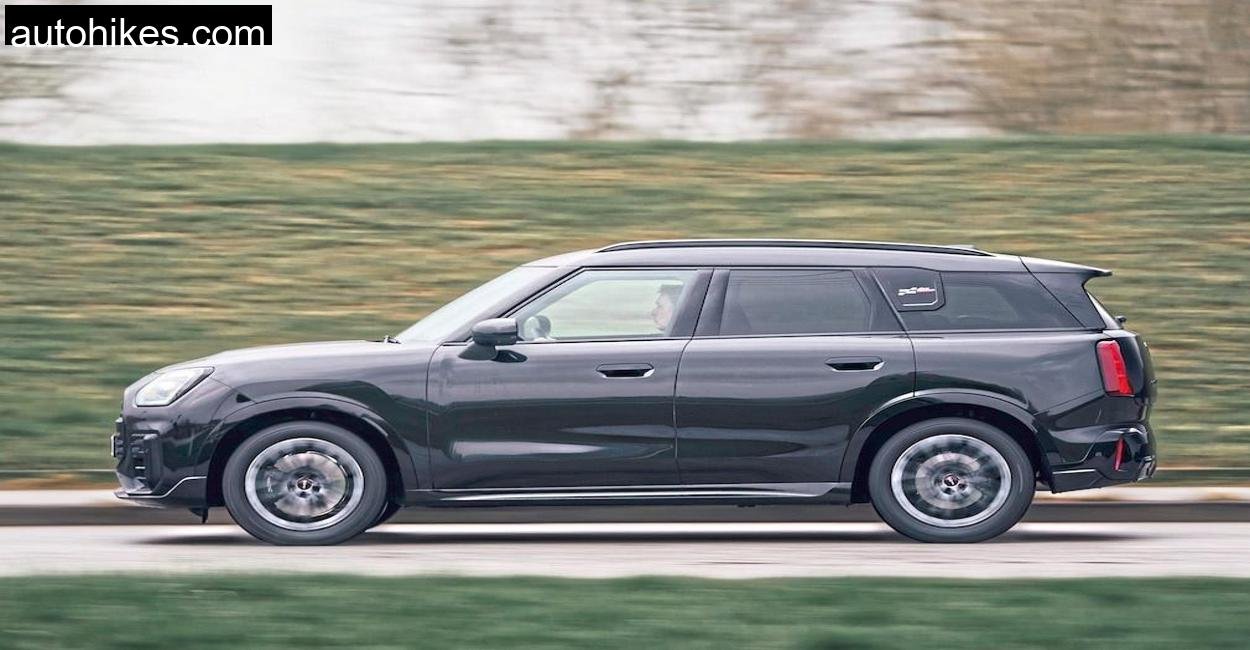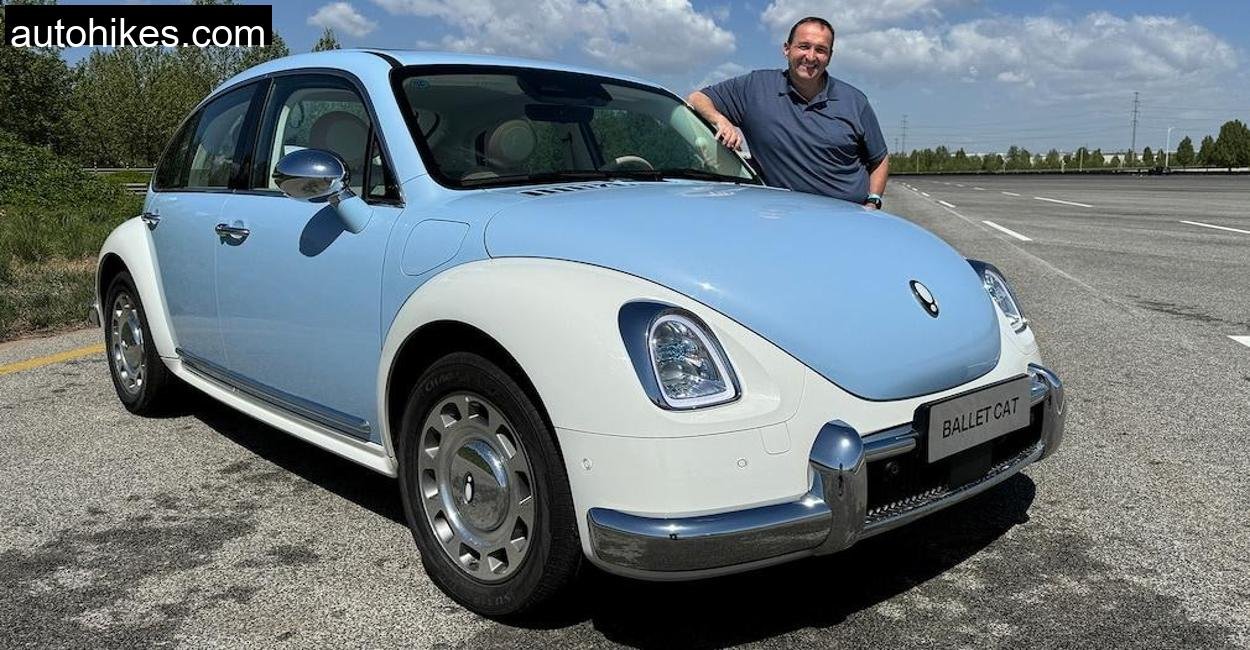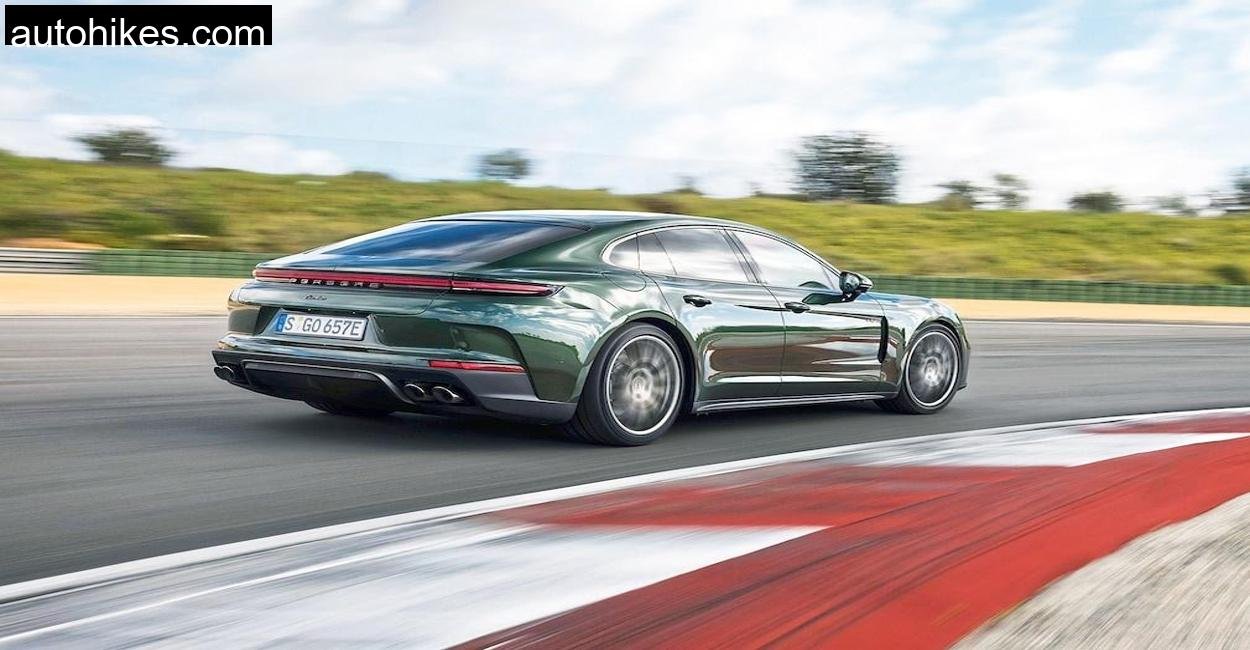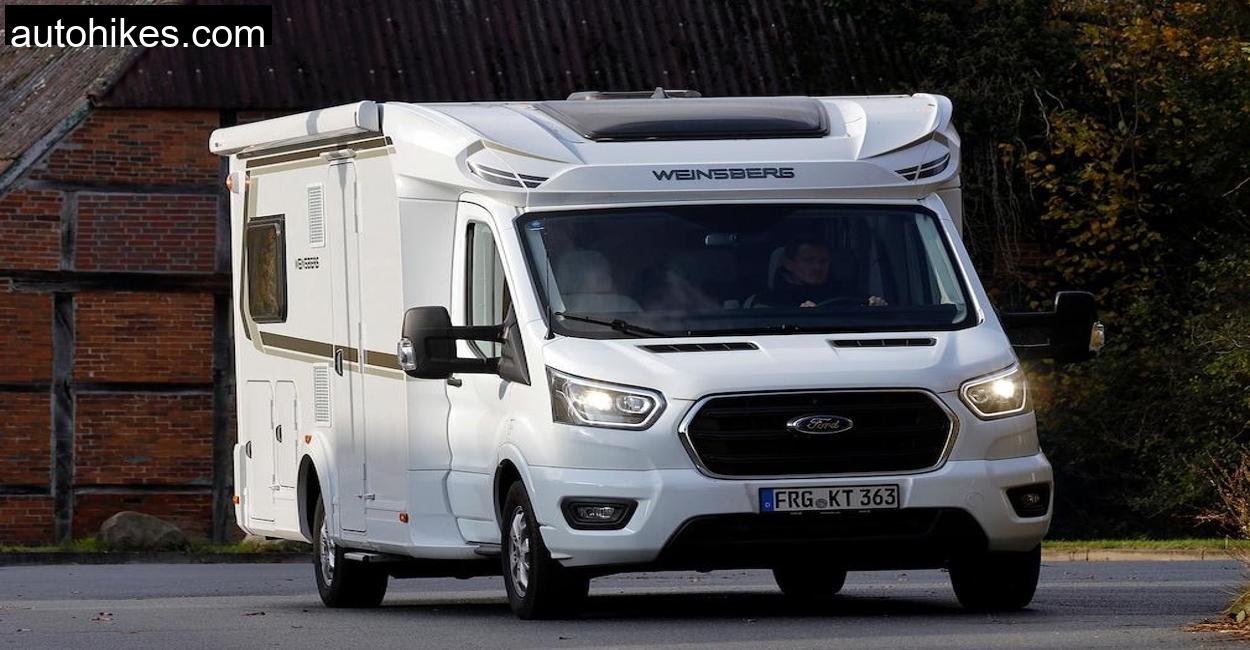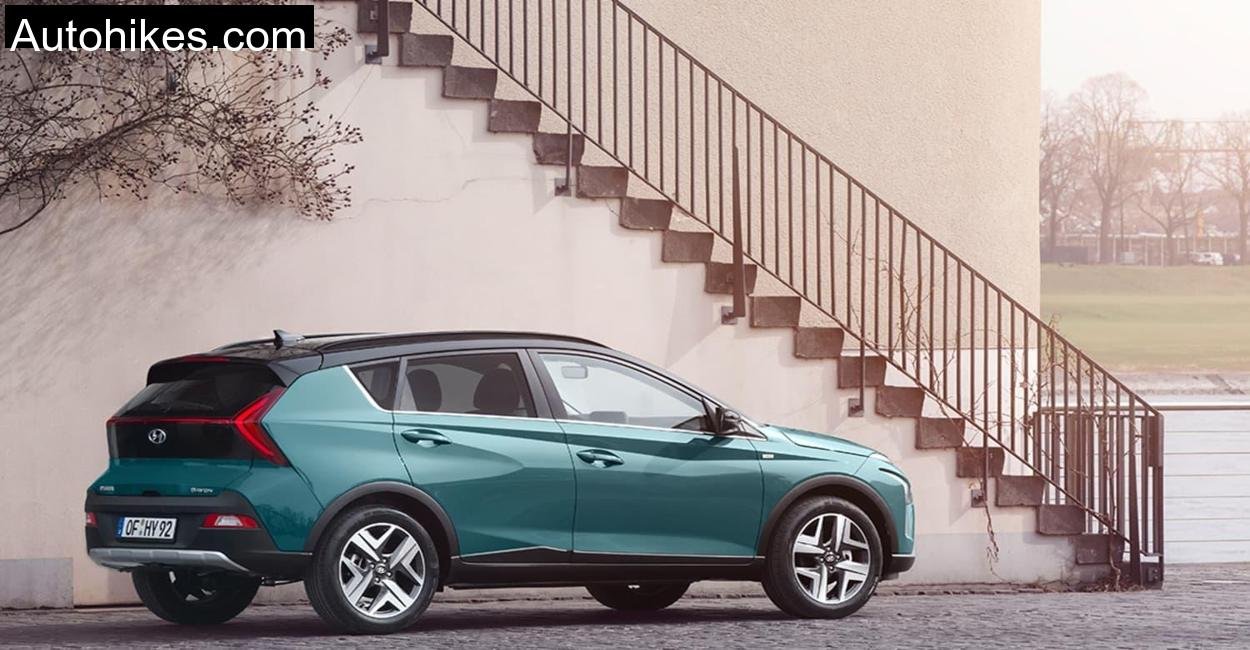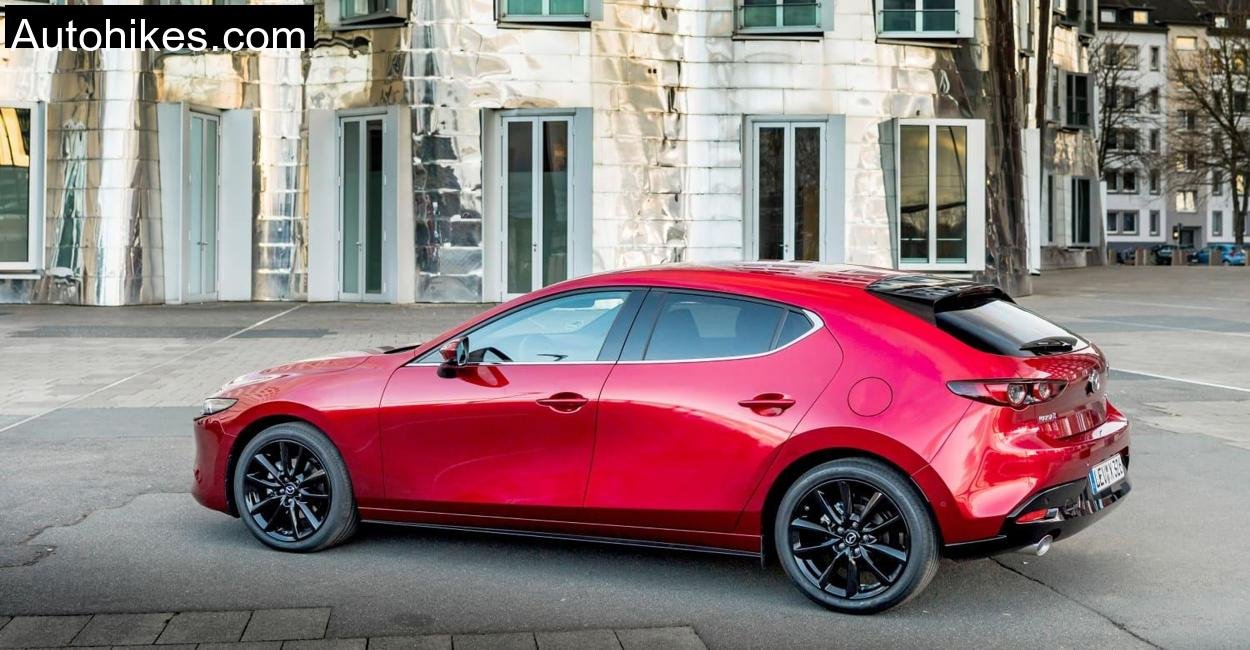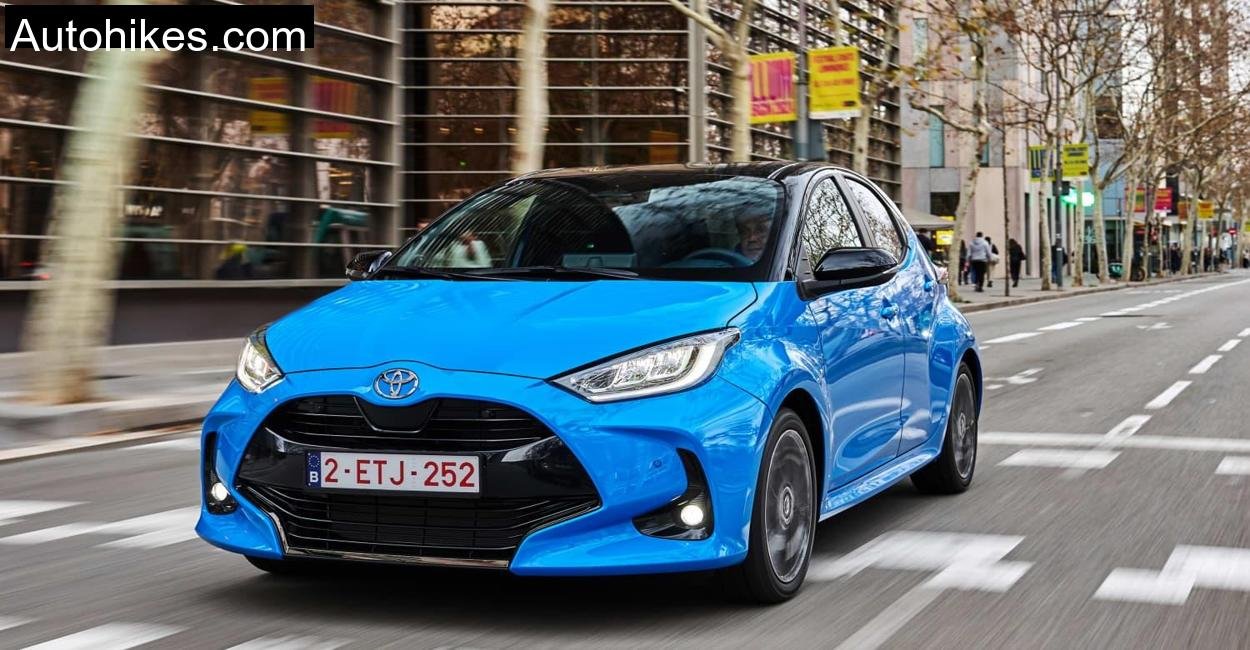It started with a map, a full battery, and a hunger to explore. My journey with the Nissan Ariya began in the northern serenity of Holstein, Germany. The landscape was flat, the roads endless, and the hum of the electric motor barely audible as I pulled out of the town. I had 403 kilometers of WLTP-certified range ahead of me and a destination across the border in the Swiss Alps.
The Nissan Ariya, a stylish and futuristic electric SUV, had me intrigued ever since I saw it unveiled in Tokyo back in 2019. Now, sitting behind the wheel of the Evolve Pack with the 63 kWh battery, I was about to find out if the long wait was worth it. The route ahead would cover Autobahn sprints, alpine climbs, and everything in between.
Design That Turns Heads
The Ariya doesn’t shout for attention; it whispers elegance. The coupe-like silhouette with its sloping roofline, slim LED light strips, and closed-off grille give it the kind of presence that makes people stop and stare. At 4.6 meters long with a 2.78-meter wheelbase, it’s a proper midsize SUV, but with a design that feels more concept than production.
As I parked near a café in Kiel, a passerby asked if it was a prototype. That says a lot. The flush door handles, the sleek front fascia, and the 19-inch wheels all contribute to a very premium feel. And let’s talk about that Copper and Black dual-tone paint: it sparkled under the German sun.
Minimalism Meets Utility
Sliding into the driver’s seat, the first thing I noticed was the flat floor and the sense of space. The dashboard is minimalist but not cold. Two 12.3-inch displays, one for instruments and one for infotainment, merge into a single curved panel. It’s slick, but more importantly, it works.
The capacitive haptic buttons for climate control vibrate when you touch them. It’s a bit of a gimmick, but one that feels futuristic. The center console is motorized and can slide forward and back, which I found surprisingly useful when switching between relaxed cruising and more focused mountain driving.
The rear seats are heated and offer limousine levels of legroom. At 1.85 meters tall, I had no issue sitting behind myself. The boot space is a decent 468 liters, expanding to 1460 liters with the rear seats folded. That was more than enough for my camera gear, hiking boots, and two travel bags.
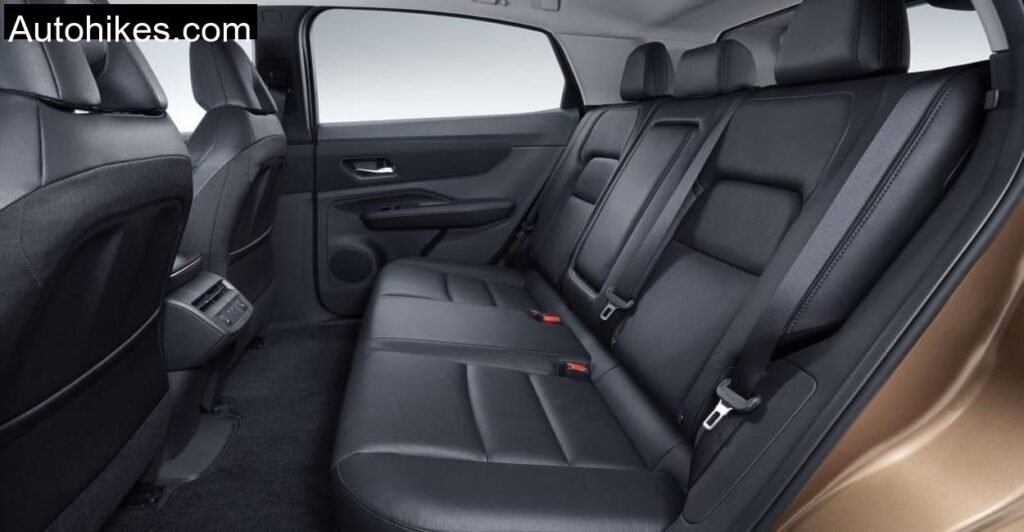
Driving in Holstein: Smooth and Composed
The flat roads of Schleswig-Holstein were perfect for testing the Ariya’s cruising abilities. The 160 kW (218 PS) motor delivered power smoothly through the front wheels. There’s 300 Nm of torque on tap, which made overtaking tractors and slow-moving vans a breeze.
Acceleration from 0 to 100 km/h took 7.5 seconds, but more impressive was the in-gear acceleration: 60 to 100 km/h in 4.3 seconds and 80 to 120 km/h in 5.7 seconds. That’s where electric cars shine, and the Ariya didn’t disappoint.
The ride was composed, even over cobblestone village roads. The suspension soaked up imperfections without feeling floaty. At higher speeds on the Autobahn, the Ariya felt planted. It’s not a dynamic SUV in the sporty sense, but it’s confident and predictable.
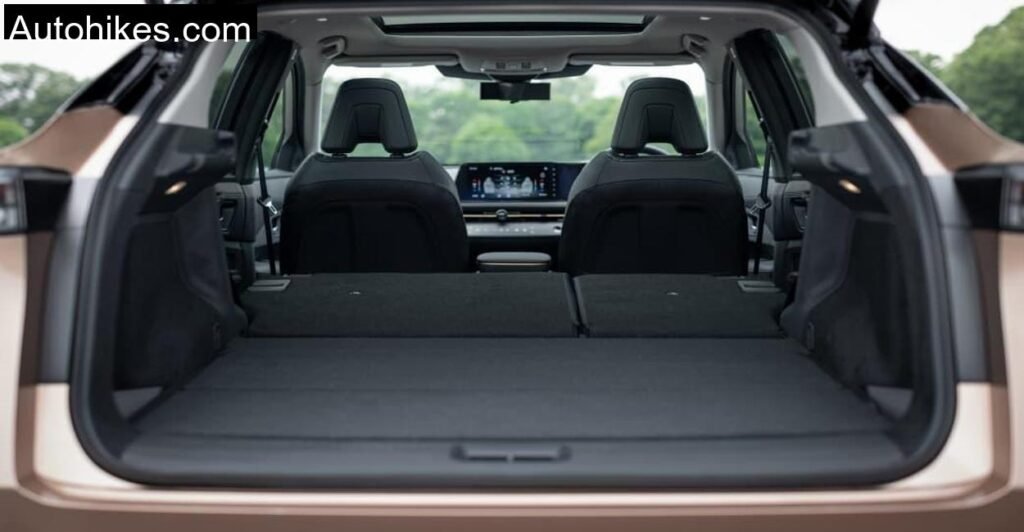
Climbing into Switzerland: Battery vs. Altitude
As I crossed into Switzerland and began climbing towards Interlaken, the real test began. Elevation eats battery, and I kept a close eye on the range. The car’s trip computer adjusted the estimate in real-time, and as I reached 1200 meters above sea level, the projected range had dropped faster than I expected.
Still, with regenerative braking engaged, especially in e-Pedal mode, I was able to claw back some energy on the descents. The transition between regen and mechanical braking was seamless. Nissan really nailed the calibration.
The Ariya’s one-pedal driving mode felt natural. I could modulate my speed on twisty roads using just the accelerator. It made descending mountain passes less stressful and more controlled.
Real World Range and Charging
The WLTP range of 403 km is optimistic in real-world scenarios. My average consumption over 700 kilometers of mixed driving was around 21.3 kWh/100 km, giving me a real-world range of about 335 km. That’s respectable but not class-leading.
I used a 130 kW DC fast charger near Lucerne, and while Nissan claims a 10-80% charge in 31 minutes, I peaked at 125 kW and averaged closer to 90 kW. Still, I was back on the road in under 40 minutes. At hotels, I relied on the 22 kW onboard AC charger, which filled the battery overnight without fuss.
Handling and Safety: Predictable, Not Playful
The Ariya is tuned for comfort and safety rather than excitement. The electric power steering is light but accurate. Body roll is well-contained, and the low center of gravity (thanks to the battery pack) helps it stay balanced in curves.
During an emergency lane-change test outside Zurich, the ESP kicked in assertively. It wasn’t pretty, but it was safe. The system intervened early and decisively, keeping the car stable even when loaded with luggage and two passengers.
Braking performance was solid: 37.1 meters to stop from 100 km/h. That’s on par with most rivals.
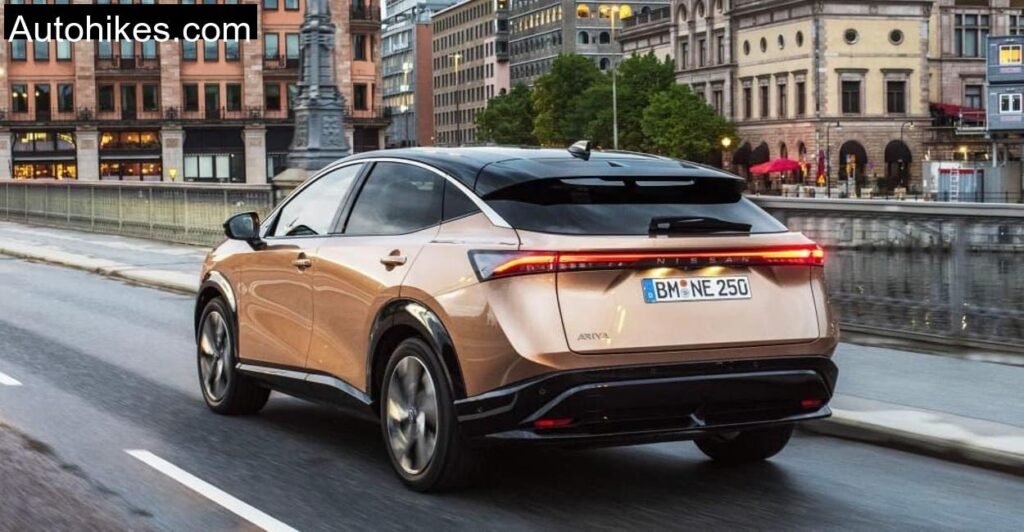
Infotainment and Tech: A Mixed Bag
Now, the not-so-great part. The infotainment system, while visually impressive, suffers from sluggish response times. Also, some of the translations in the menus were just plain wrong or oddly abbreviated. For a car that starts at over €50,000, this felt like an oversight.
Voice control was a highlight, particularly with Amazon Alexa integration. Saying, “Hallo Nissan” let me control the navigation, media, and even climate settings. However, switching between the main screen and the instrument cluster for different settings was confusing.
Nissan Ariya Technical Specifications
The specifications listed are officially published by the Nissan’s website.
| Specification | Nissan Ariya (63 kWh) Evolve Pack |
|---|---|
| Motor Type | Electric |
| Max Power | 160 kW / 218 PS |
| Max Torque | 300 Nm |
| Drive | Front-Wheel Drive |
| Acceleration 0–100 km/h | 7.5 seconds |
| Top Speed | 160 km/h |
| Battery Capacity (Net) | 63 kWh |
| Battery Capacity (Gross) | 65 kWh |
| WLTP Range | 403 km |
| Real World Range (Tested) | 335 km |
| DC Charging Power (max) | 130 kW |
| AC Charging Power | 22 kW |
| Boot Space (Normal) | 468 liters |
| Boot Space (Seats Down) | 1460 liters |
| Vehicle Length | 4595 mm |
| Vehicle Width | 1850 mm |
| Vehicle Height | 1650 mm |
| Weight (EU) | 1980 kg |
| Base Price (Germany) | €50,490 |
Conclusion: A Comfortable, Capable, and Characterful EV
The Nissan Ariya may not be the most powerful or the fastest-charging electric SUV on the market, but it makes a compelling case for itself. It offers comfort, space, and a genuinely futuristic design that stands out in a sea of sameness.
Driving it across Germany and into Switzerland highlighted both its strengths, refined ride, usable range, quiet interior, and its weaknesses, sluggish infotainment and limited top-end range. But at the end of the day, the Ariya felt like a well-thought-out companion rather than a gadget on wheels.
Would I recommend it? Absolutely, especially if your priorities are comfort, style, and daily usability over track-day thrills.
Is the Nissan Ariya worth buying in 2025?
Yes, especially after the recent price drop. It’s a comfortable, stylish EV with solid range and top-tier interior quality.
How long does it take to charge the Ariya?
DC fast charging from 10% to 80% takes about 31–40 minutes. AC charging at 22 kW takes around 3.5 hours for a full charge.
Is the Nissan Ariya good for long-distance trips?
Yes, with proper planning. It’s comfortable and quiet over long distances, although charging infrastructure and speed are key factors.
